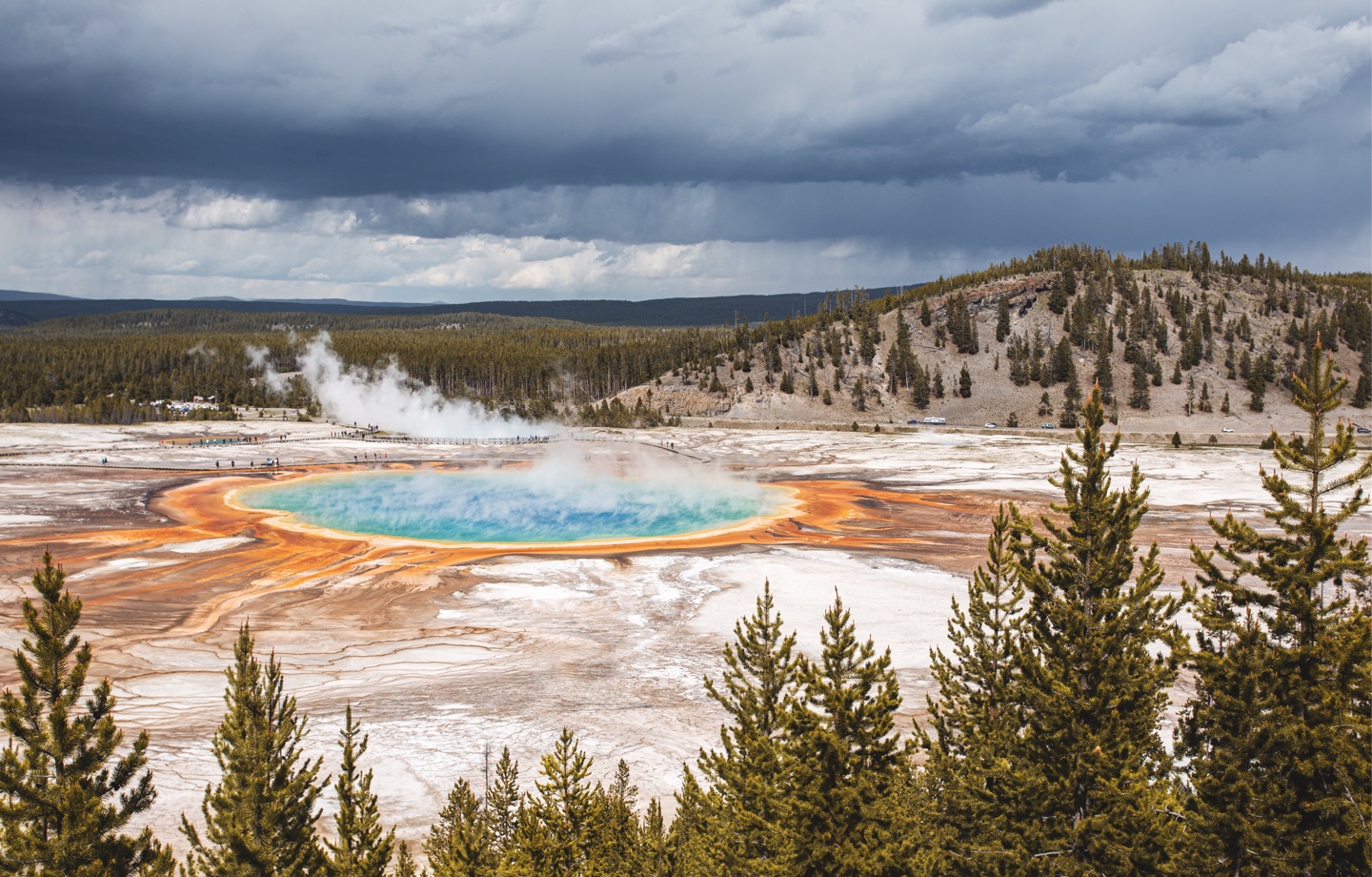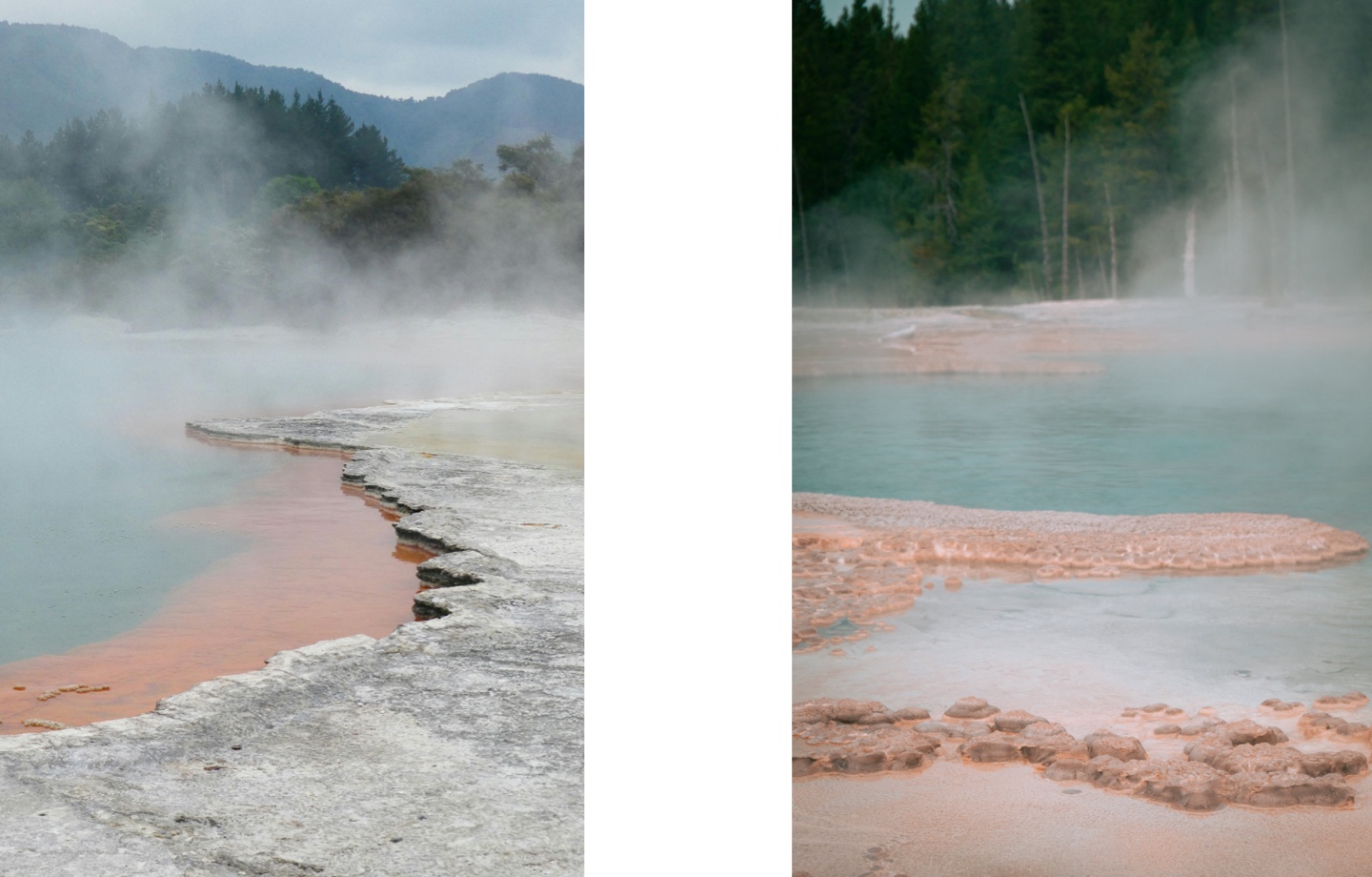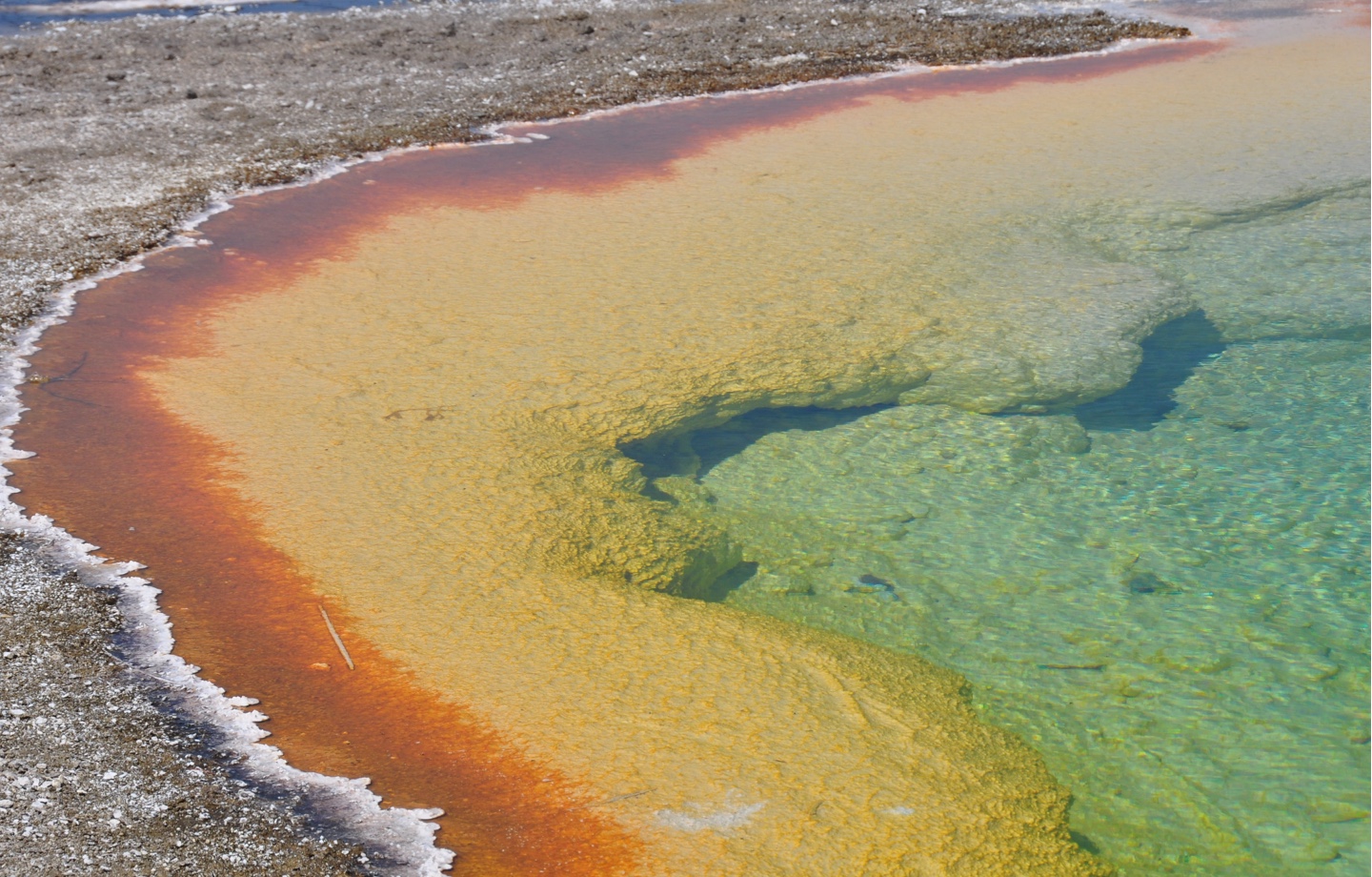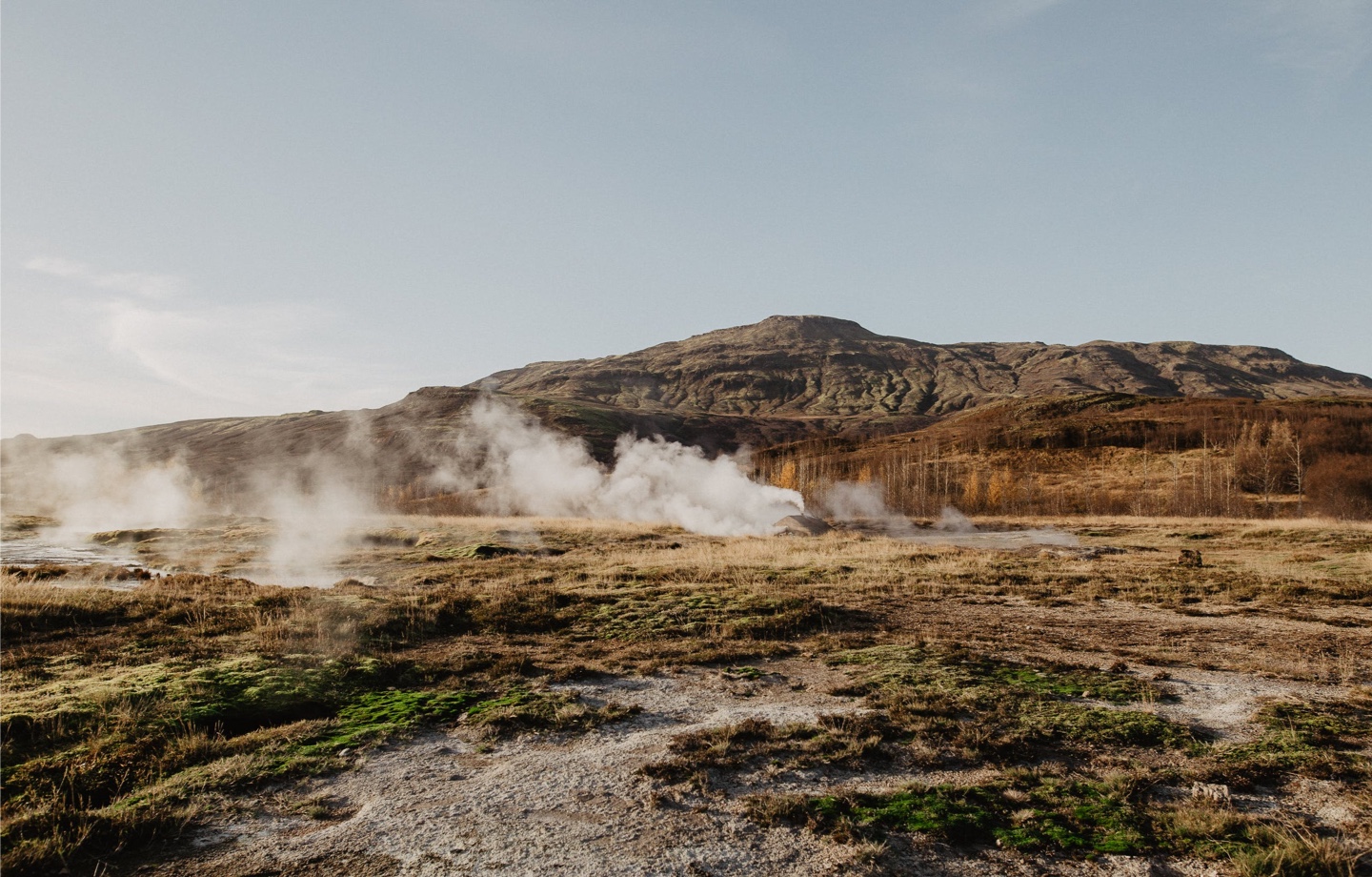With a clean energy future in our sights, companies are racing to tap geothermal heat, a renewable source with the power to support the entire country’s electricity needs.
As the world shifts to clean energy in an effort to combat climate change, fossil fuel demand is expected to peak before 2030. We’re already seeing this play out as investment in renewables surges. In 2022, wind and solar powered a record 12 percent of global electricity — double what they contributed in 2015. This progress is encouraging, but it’s still not enough.
We’ll need to rely on a handful of clean energy sources to green our grid at the accelerated pace required to drastically cut carbon emissions. That’s why startups, as well as the Department of Energy, are racing to commercialize geothermal energy.
This clean energy isn’t new. Existing plants have been around for decades; they work by drawing on naturally occurring hot water reservoirs underneath the Earth’s surface to produce steam that powers turbines and generates clean electricity 24/7. Historically, a barrier to widespread implementation is the lack of hot spots. These sources typically exist along major tectonic plate faults, and only about a 10th of our planet’s land surface is considered a usable source.
But a geothermal revolution is in the works. A handful of companies believe they can leverage state-of-the-art drilling techniques developed by the oil and gas industry to reach the dry, hot rocks that exist virtually everywhere underneath our planet’s surface to generate geothermal energy at broad scale.
“There’s a virtually unlimited resource down there if we can get at it,” Tim Latimer, co-founder of geothermal company Fervo, told the New York Times. “Geothermal doesn’t use much land, it doesn’t produce emissions, it can complement wind and solar power. Everyone who looks into it gets obsessed with it.”
The U.S. currently produces more geothermal energy than any other country, but it only makes up about 0.04 percent of America’s electricity spend. In Iceland and New Zealand, geothermal plants generate about two percent of overall electricity, while in Indonesia, it generates five percent of electricity for the grid.

Read more: Why We Need to Go Beyond Electric Vehicles
But geothermal’s energy potential can’t be overstated. According to estimates by the U.S. Department of Energy, there’s enough geothermal energy beneath the Earth’s crust to power the entire country five-fold. If implemented at scale, it could power approximately 28 million heat pumps — an electric device that extracts heat energy from outdoor air to both heat and cool homes — by 2050, the equivalent of taking 26 million cars off U.S. roads every year.
In addition to emissions reductions, the energy source has a bevy of upsides. Extraction is achieved without fossil fuels; it produces one-sixth of the carbon dioxide as a natural gas plant — and little to no nitrous oxide or sulfur dioxide — and the closed-loop process releases essentially zero emissions. In addition, plants can operate at maximum capacity almost all the time, no matter the weather, meaning they can supplement intermittent energy sources like wind and solar.
“Geothermal is dispatchable energy, so you can open a well to get more energy or close the well to get less energy — when you need it, it’s there,” says Cindy Taff, CEO of Sage Geothermal, a company she helped found after working for 35 years for oil and gas giant Shell. “That’s not the case with wind and solar because they rely on a limited amount of wind or sunshine to generate electricity.”
So it’s no surprise that a geothermal energy race is on. Houston-based Sage Geosystems’ proprietary fracturing technology allows it to drill into deeper, hotter dry rock formations that reach temperatures of 300 degrees Fahrenheit or higher. Once operational, their wells act like batteries. When the grid has an excess of energy, the fracture is filled with water. To generate electricity, the fracture is opened, allowing pressure and heat to push the water back up, producing steam that is turned into energy. Sage Geosystems is also testing a patented CO2 wind turbine — which it says has the potential to double the amount of electricity generated by geothermal heat.
“On a single well, we’re going to get an average of 3 megawatts of energy net, so the average well will be able to power around 2,400 homes,” says Taff.

Another Houston startup, Fervo, has a different approach, one that utilizes two wells. First, it drills vertically thousands of feet deep into hot granite before drilling thousands of feet horizontally to create two large L-shaped wells side by side. Fervo then uses fracking techniques to create fissures between the two wells. The last step involves filling one well with high-pressure water that flows into the newly made cracks, heats past 300 degrees along the way, and exits through the sister well.
Utah FORGE, a project funded by the Department of Energy, is testing the same technique. And in Germany, Eavor recently broke ground on its first closed-loop commercial plant, with plans to produce energy by 2024 and operate at full capacity by 2026.
Of course, like anything, geothermal has downsides. Permitting is difficult. Drilling locations, along with the amount and rate at which water is injected into fractures, can trigger earthquakes. The land required for drilling removes native vegetation, impacts soil health, and can cause wildlife displacement. And, like wind and solar technologies when they first came to market, it’s expensive.
“The reason I think geothermal hasn’t gotten attention is because the cost is too high,” says Taff. “Where we are in our journey is where wind and solar were 15 years ago.”
Read more: 5 Solar-Powered Products For a Clean Energy Home
Despite its shortcomings, geothermal is still an essential piece to eliminating our reliance on fossil fuels in order to reduce air pollution and stabilize our climate. Geothermal’s reliance on oil and gas innovations also offers a path for workers in that industry to transition their skills into renewable energy careers, providing economic opportunity for communities impacted by fossil fuel production that has come and gone.
Geothermal energy also has the backing of the federal government. The Department of Energy Enhanced Geothermal Shot™ effort aims to reduce the cost of enhanced systems by 90 percent, and, since 2021, the Biden administration has approved 10 development projects in Nevada.
If all goes according to plan — and costs drop — Taff expects geothermal to play an essential role in our clean energy future.
“Once the nut has been cracked on this new geothermal process where it is cost-effective, it’s probably going to account for at least 30 to 40 percent of the utility grid capacity,” she says. “It’s going to be dispatchable, on-demand, 24/7, and help balance the utility grid where wind and solar can’t.”

Read more: Why California’s Climate Disclosure Bills Matter
Have feedback on our story? Email [email protected] to let us know what you think!

Shop Pillows
The Essential Organic Pillow Collection
Gentle, breathable, non-toxic support.







